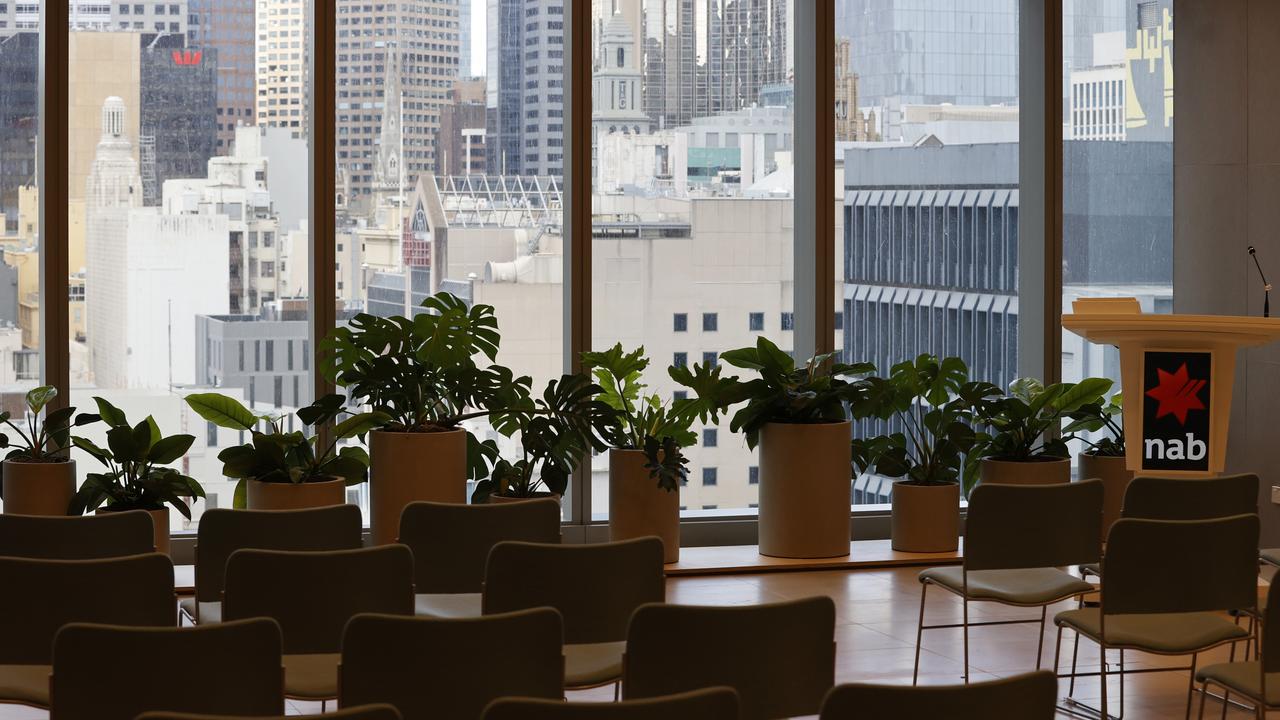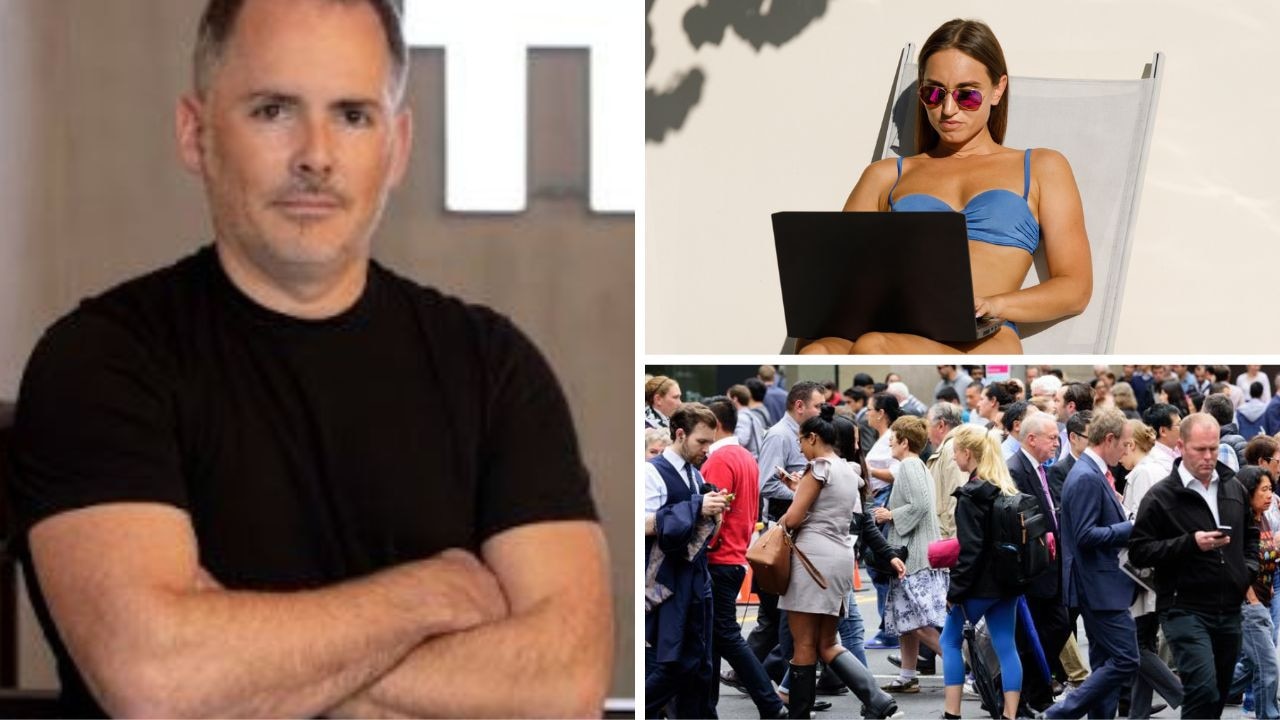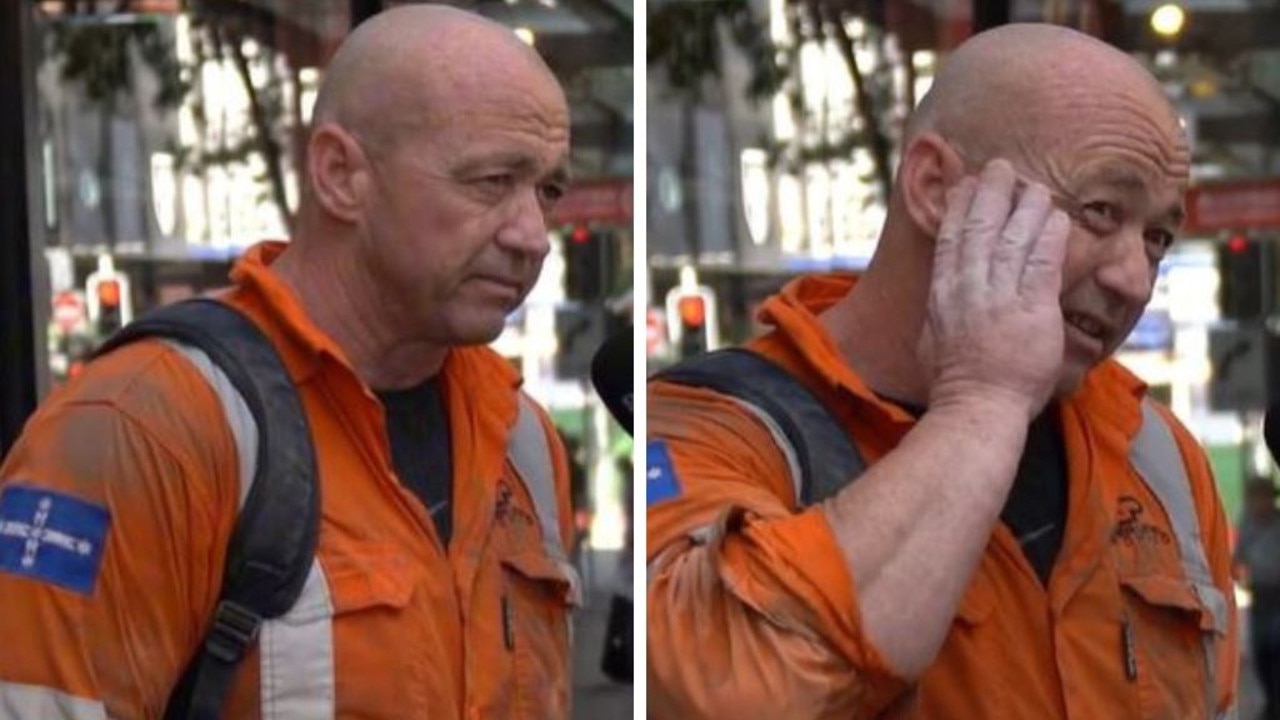Melbourne’s shock office occupancy rate revealed
This city’s offices are verging on ghost towns as office occupancy rates fall to 38 per cent.

Melbourne CBD has come in dead last for having the emptiest offices of all the major cities in Australia as more people fail to return to work since Covid, new data has revealed.
A recent survey of office occupancy rates, conducted by the Property Council of Australia, found that in July this year, Melbourne CBD only managed to fill 38 per cent of offices on average – a significant drop from the 49 per cent rate in June.
It’s also the only major city that failed to maintain office occupancy rates above the 50 per cent mark, despite all cities experiencing a winter slump.

Sydney didn’t stand too far ahead of Melbourne, recording an average occupancy rate of 52 per cent in July with a peak of 67 per cent.
However, Perth soared ahead to take the lead with a 71 per cent average occupancy level, peaking at 78 per cent followed by Adelaide at 64 per cent and Canberra at 61 per cent.
Brisbane recorded a July average of 53 per cent.
While Melbourne managed to scrape a peak of 53 per cent, on it’s lowest occupancy day Melbourne clocked in a shocking 19 per cent in-office attendance by CBD office employees.
Adina Cirson, acting Victorian executive director for the Property Council of Australia, said that a low health-safety confidence in Melbourne was the biggest factor driving the low attendance rates,
“Unfortunately we know Melbourne is going through a difficult time … 30 per cent of people are reporting that they do not feel safe which is heightened by further cases of Covid and the influenza,” Ms Cirson said.

And while some respondents noted that having the option to work from home gave them the flexibility to meet both work and personal life demands – a significant number also reported a “confusion” regarding current health advice compelling them to stay at home.
“People have been following the health advice as they have been for the past two years and obviously government has the responsibility to keep rates as low as possible … but I think they have been confused with the recent messaging,” she explained.
Despite Victoria’s chief health officer Brett Sutton indicating the state was passed its latest Covid peak, health officials again recommended employees to continue working from home.
But Ms Cirson said it was imperative that the government worked together with the CBD council and business to find “urgent and creative solutions” to prevent the CBD from remaining empty.
“This shift backwards is pretty stark but the real impact is to the businesses sitting at the base of our office buildings – the hairdressers, the coffee shops, the corner stores – it’s hard for them to recover when people aren’t coming back to the office,” she added.

“People need to remember that workplaces are now safe places and have put in place significant adaptations to combat Covid and provide safe spaces for collaboration.
“Our CBD is really important for our economic recovery as a state … so the best thing that people can do help the recovery is to invest their time back into the city, support our small business and to stay and re-engage the city’s night life.”
More Coverage
Property Council Chief Executive Ken Morrison said that governments needed to remember that advising people to work from home wasn’t a “zero cost exercise” and that when developing Covid policies, understanding the economic impacts should also be a priority.
“We know office occupancy has been slow to recover … The losers are not the office tenants or the owners of office buildings, it’s all those retailers, cafes and restaurants who rely on office workers as their customers,” he added.
“We want those businesses and their jobs to survive because they give our CBDs such vibrancy.”





